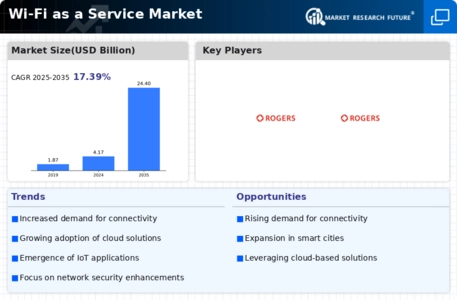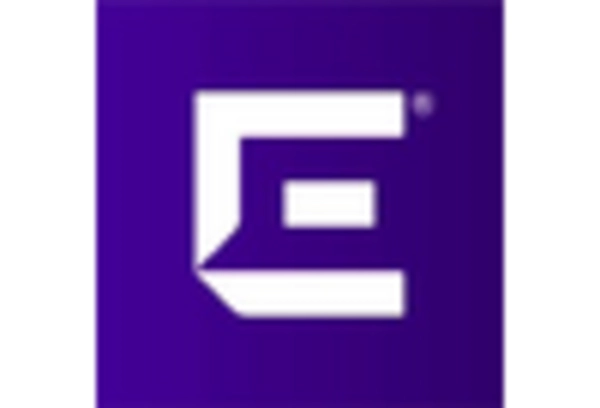Market Analysis
In-depth Analysis of Wi-Fi as a Service Market Industry Landscape
The Wi-Fi as a Service (WaaS) market has experienced significant growth and evolving dynamics as organizations increasingly rely on wireless connectivity to support their business operations. WaaS represents a shift from traditional Wi-Fi deployment models, offering a scalable and flexible solution that meets the demands of modern workplaces and public spaces. This market evolution is driven by the rising need for seamless and reliable wireless connectivity, as well as the desire of businesses to outsource the management of their Wi-Fi infrastructure to specialized service providers.
One of the key drivers shaping the market dynamics of WaaS is the growing reliance on wireless connectivity in various industries. As mobile devices become ubiquitous and the demand for connectivity rises, organizations seek robust and scalable Wi-Fi solutions. WaaS providers offer a comprehensive service that includes not only the deployment of Wi-Fi infrastructure but also ongoing management, monitoring, and support. This model allows businesses to focus on their core activities while ensuring that their wireless networks remain efficient and secure.
The competitive landscape of the WaaS market is characterized by the presence of both established IT service providers and newer entrants specializing in wireless solutions. Traditional IT service providers leverage their expertise in networking and IT infrastructure, while niche players focus on delivering specialized WaaS offerings. This diversity in the market fosters innovation and encourages the development of WaaS solutions tailored to different industry needs and use cases.
Government regulations and compliance requirements play a crucial role in shaping the market dynamics of WaaS. As data privacy concerns increase, organizations must adhere to stringent regulations, and WaaS providers need to ensure that their solutions comply with these standards. The ability of WaaS providers to offer secure and compliant services becomes a key differentiator in the market, influencing the decision-making process for businesses seeking Wi-Fi solutions.
The continuous advancements in Wi-Fi technology contribute significantly to the market dynamics of WaaS. The evolution of Wi-Fi standards, such as Wi-Fi 6, brings improvements in speed, capacity, and overall network performance. WaaS providers need to stay abreast of these technological developments to offer cutting-edge solutions that meet the ever-increasing demands of users for faster and more reliable wireless connectivity.
Interoperability and integration capabilities are critical factors influencing the WaaS market. Organizations often operate in heterogeneous IT environments, and WaaS solutions need to seamlessly integrate with existing systems and infrastructure. WaaS providers that offer interoperable solutions, allowing easy integration with various devices and applications, gain a competitive advantage in the market.
Strategic partnerships and collaborations between WaaS providers, hardware manufacturers, and software developers contribute to the evolving dynamics of the market. These partnerships aim to create comprehensive WaaS solutions that encompass hardware, software, and management services. By offering integrated solutions, WaaS providers can deliver a more seamless and efficient experience to their clients.

















Leave a Comment